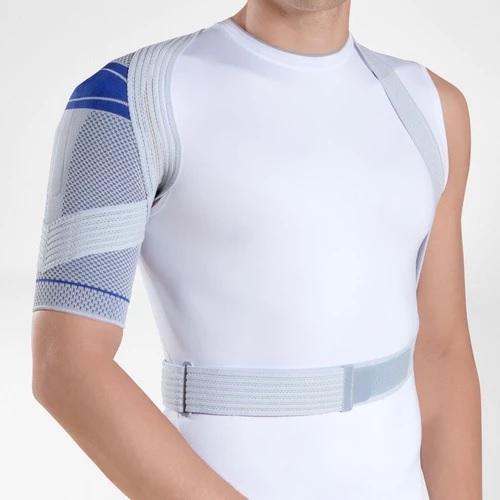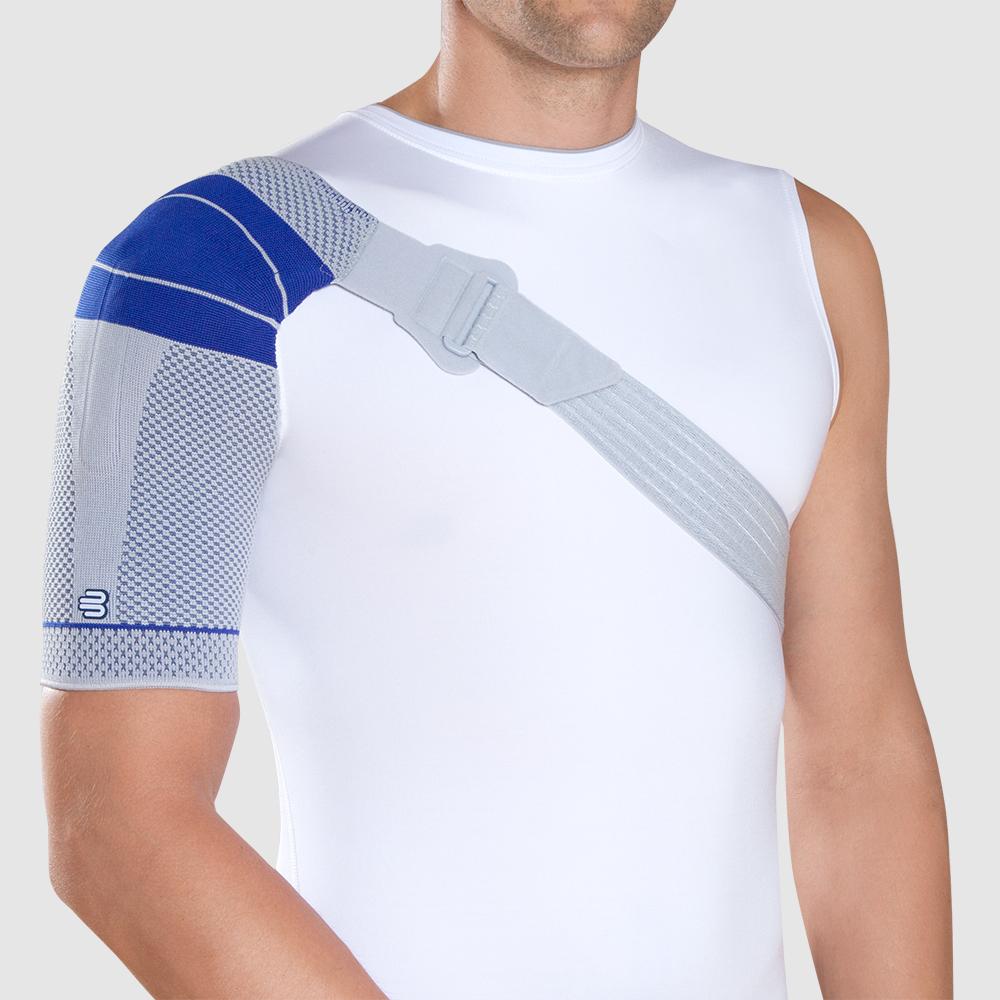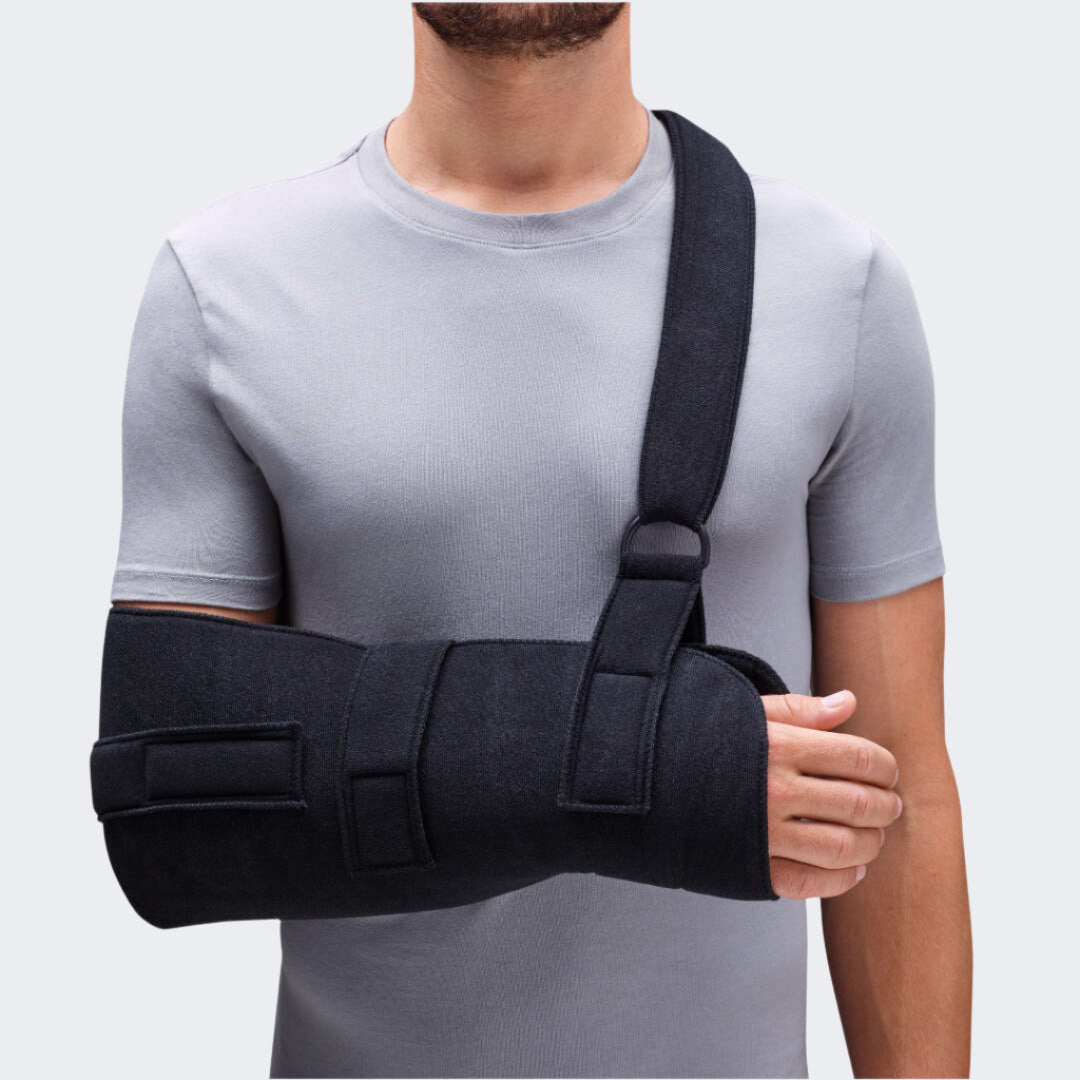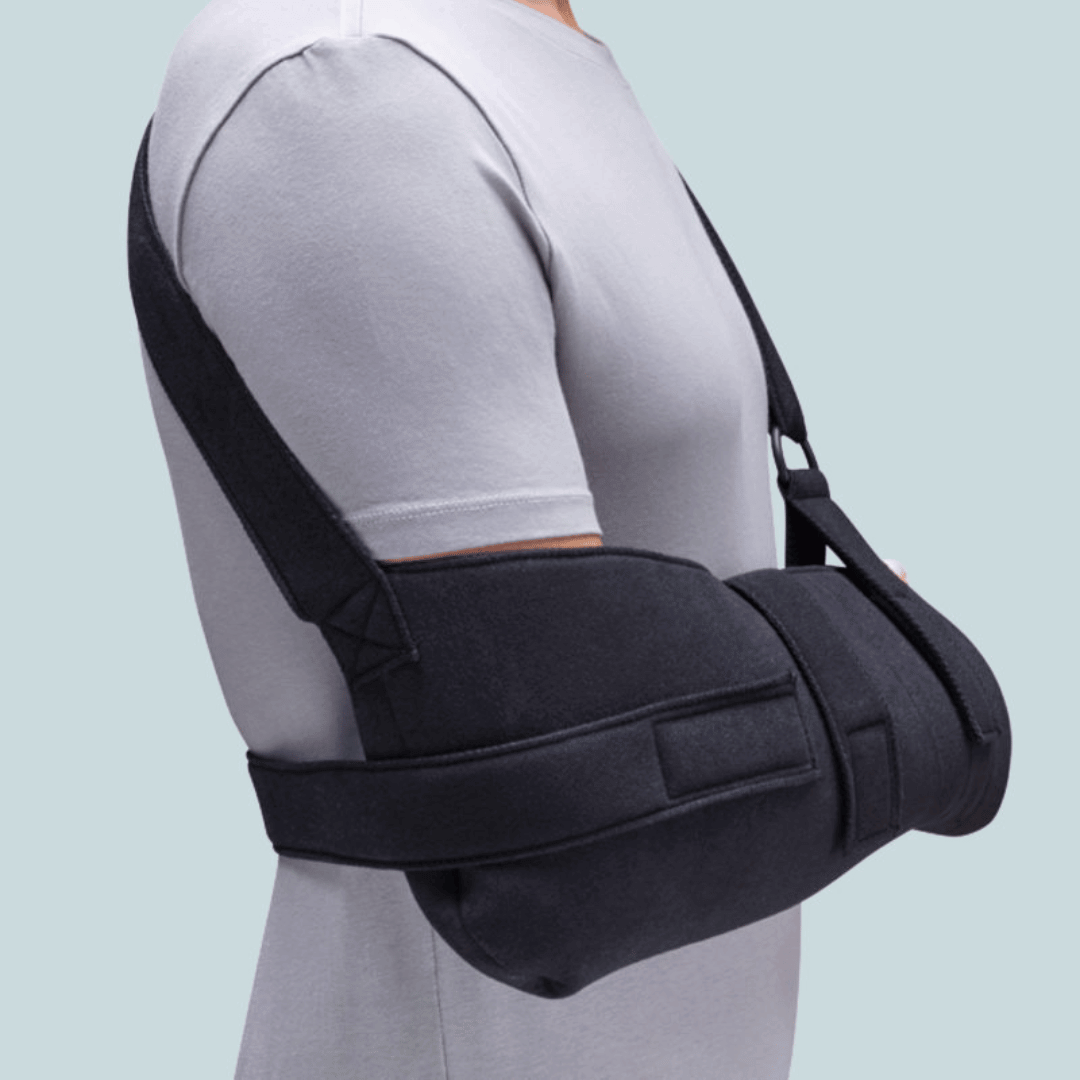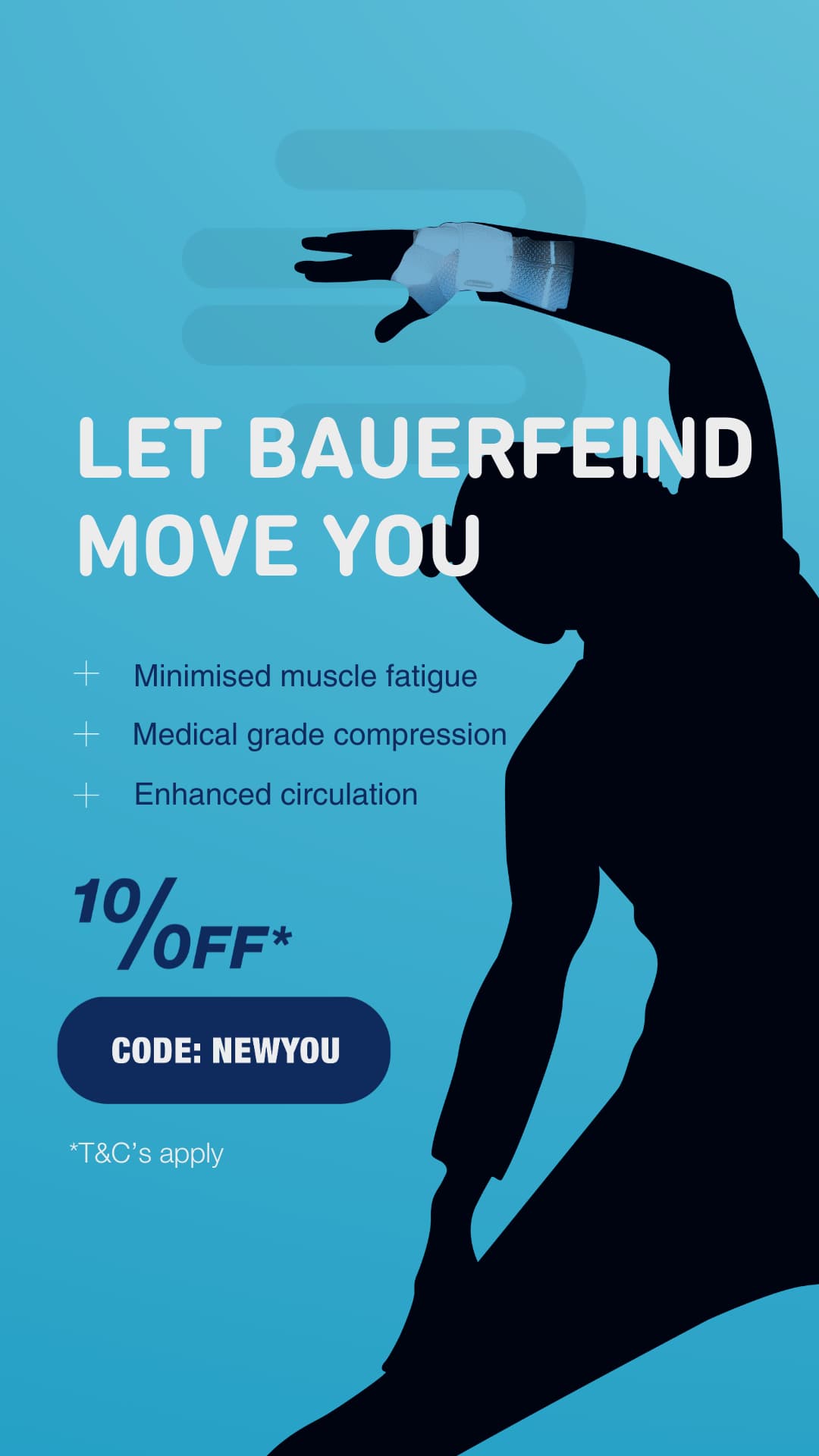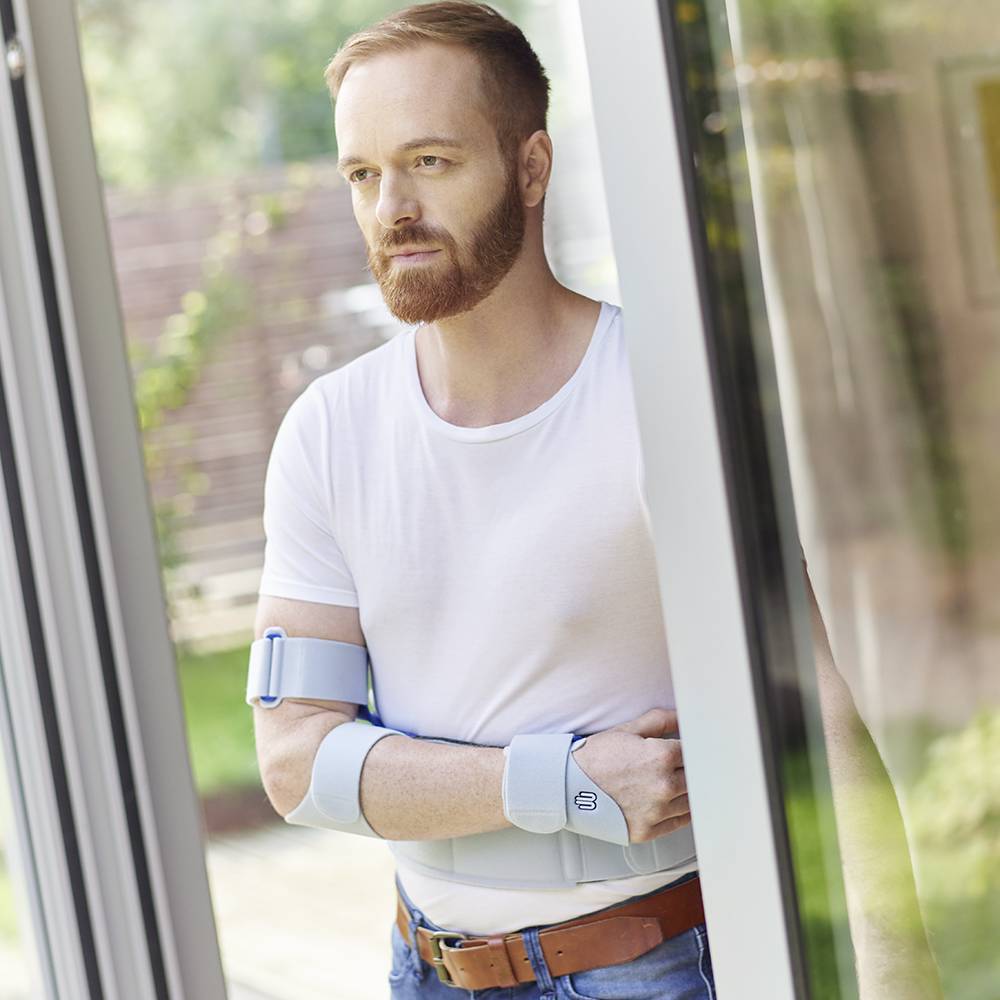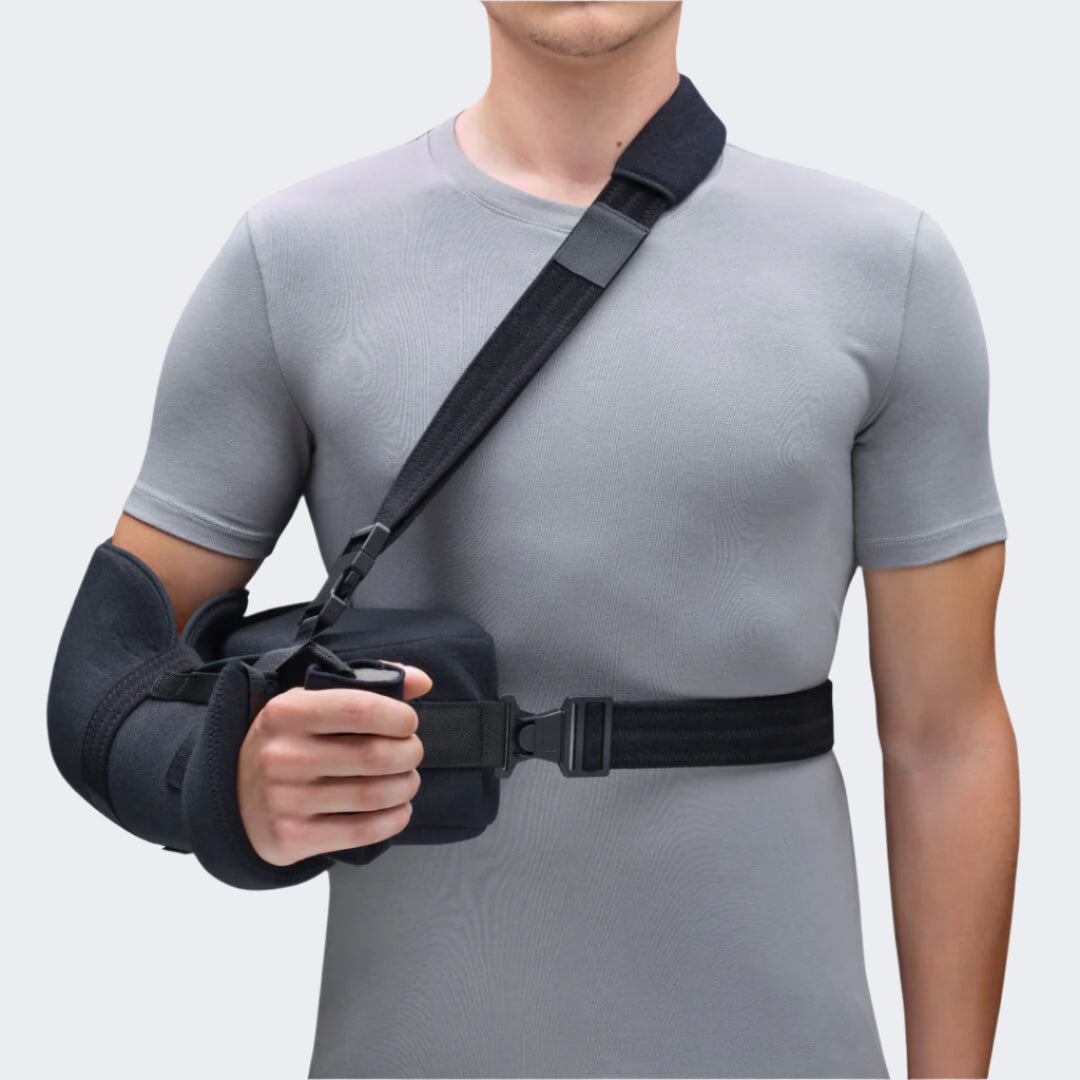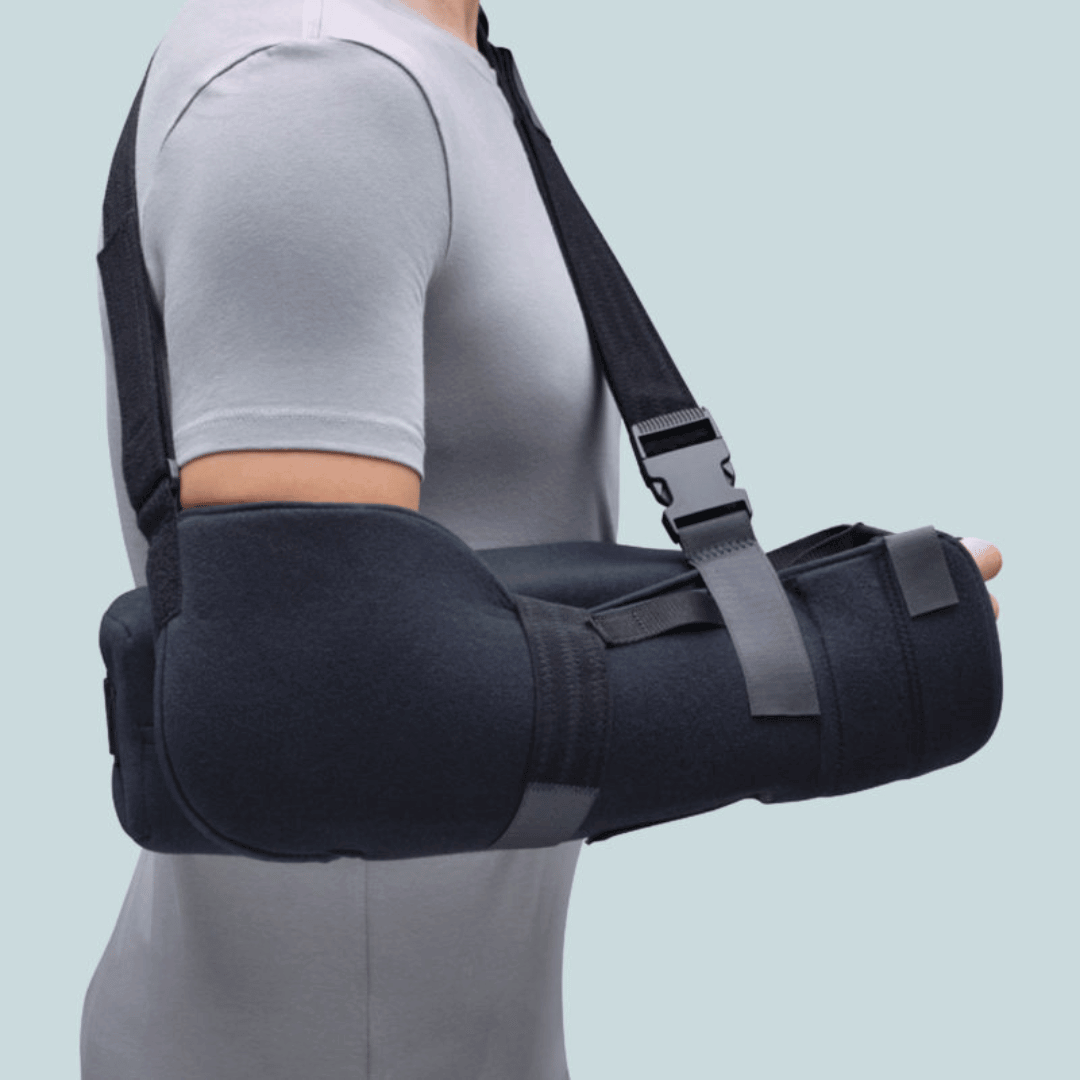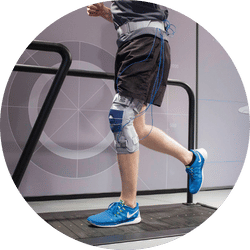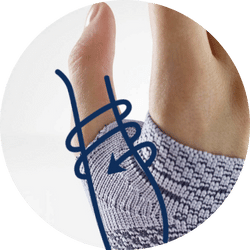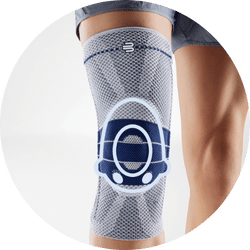Not decided, yet?
Shop by Product Line
More Information
Shoulder Braces
A Bauerfeind shoulder braces is designed to take care of your shoulder no matter your injury or condition. With maximum comfort and minimum intrusion on your life, you get the support and stability your shoulder needs without compromise.
Treating a wide range of shoulder issues including dislocation, rotator cuff injuries, pre and post-op recovery, brachial strains and more.
Award-Winning Design: Our high standard German engineering isn’t just for show. All our shoulder braces are designed, engineered and produced to the very highest standards there are, meaning there’s no weak points or compromises. Durable, long-lasting and easy to care for, you can't go past Bauerfeind.
Medical Research: Bauerfeind are constantly researching and refining in the medical field, and rather than flood the market with dozens of different options for the same problem, we consistently refine and update the product to ensure you’ve always got the most up to date support.
Unparalleled Comfort: Made from breathable comfortable cotton weave and skin-friendly viscoelastic padding, Bauerfeind’s shoulder braces are ideal for everybody, no matter the size, shape or sensitivity. Lightweight design and durability make our supports the one for you.
Unwavering Stability: Our shoulder braces keep your joint where it needs to be, at all times. Whether you’re playing a quiet game of bridge or a wild game of football, Bauerfeind’s supports keep up with you at every level of play.
Anatomical Fit: Shaped to your body's natural anatomy, mean that you've got the perfect fit to help every part of your shoulder. With a wide range of sizes based on the measurements and studies of clinics and research worldwide, it's the brace that fits you, not the other way.
All Bauerfeind products are designed and manufactured at our headquarters in Zeulenroda, Germany. Featuring anatomically contoured, medical-grade compression and based on over 90 years of research and development, our shoulder braces provide unmatched support.
Why are shoulder dislocations so common?
A shoulder dislocates when the upper arm bone (humerus) pops out of the shoulder socket (glenoid fossa). The shoulder is the body’s most mobile joint, and the head of the humerus bone is substantially larger than the socket it sits in. Therefore frequent use of the joint, as well as its disproportionate size, are the main reasons why shoulder dislocations are so common.
Interestingly, your shoulder joint can dislocate in three directions:
- Anterior: when the humerus is displaced forward, toward the front of the body. This is the most common, especially while playing sport.
- Posterior: when the top of the humerus is displaced toward the back of the body. This typically occurs in patients who have suffered a seizure or electric shock. It is not very likely.
- Inferior: where the top of the humerus is displaced downwards. This is very unlikely but can occur due to violent trauma.
How does a shoulder dislocation occur?
Shoulder dislocation can be caused by physical trauma like sports injuries, accidents and falls. Seizures can also cause a shoulder dislocations as the extreme muscle contractions can pop the humerus out of place. However, the most likely cause of dislocations are sports-related.
Some people are more vulnerable than others, especially if they have suffered previous dislocations. Dislocation requires a high amount of force and is especially common in young men in their twenties who are active. But, it is so common that shoulder dislocation occurs in all ranges of people, regardless of age or gender.
Read more on how to treat and prevent shoulder injuries here: Why are should dislocations so common?















